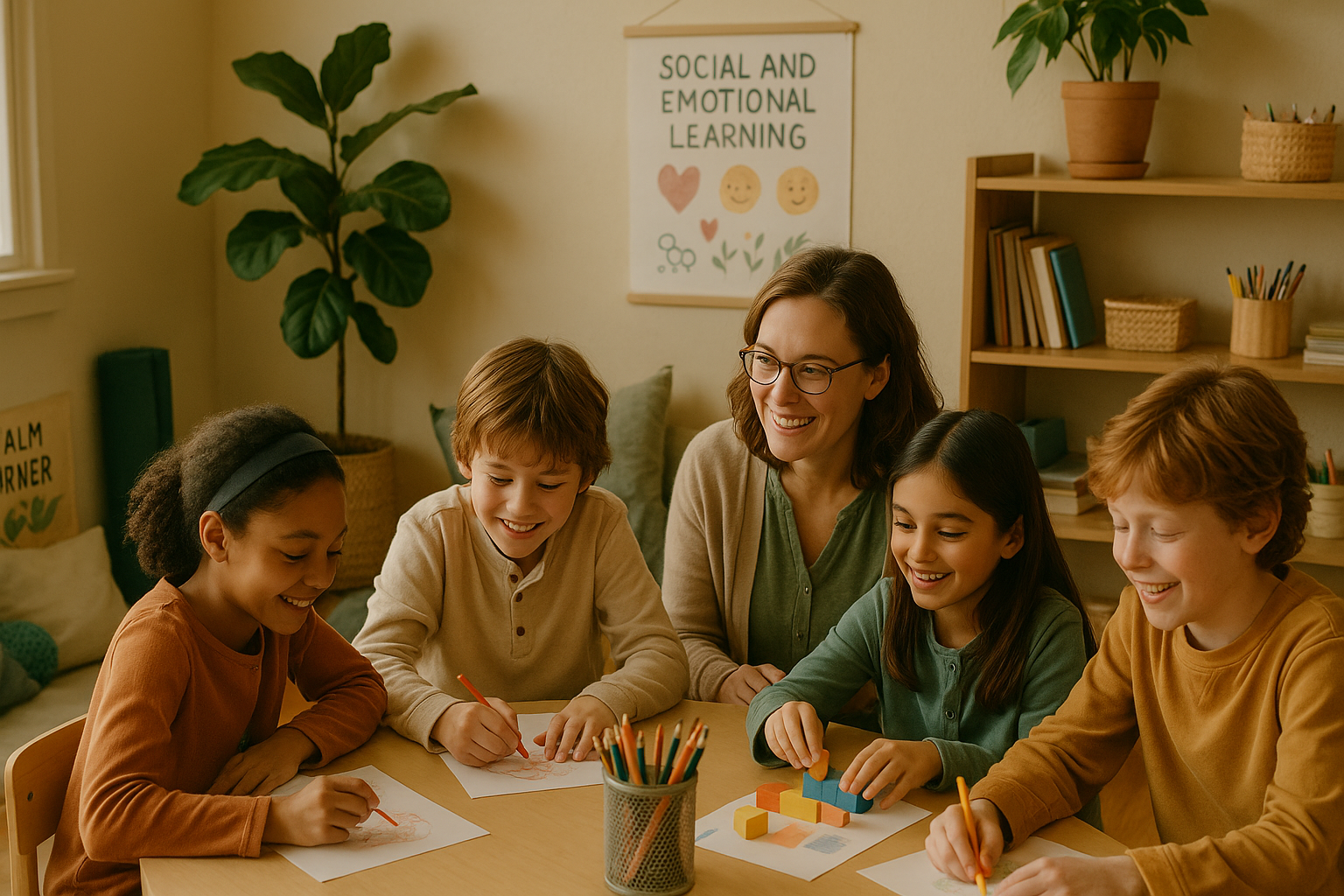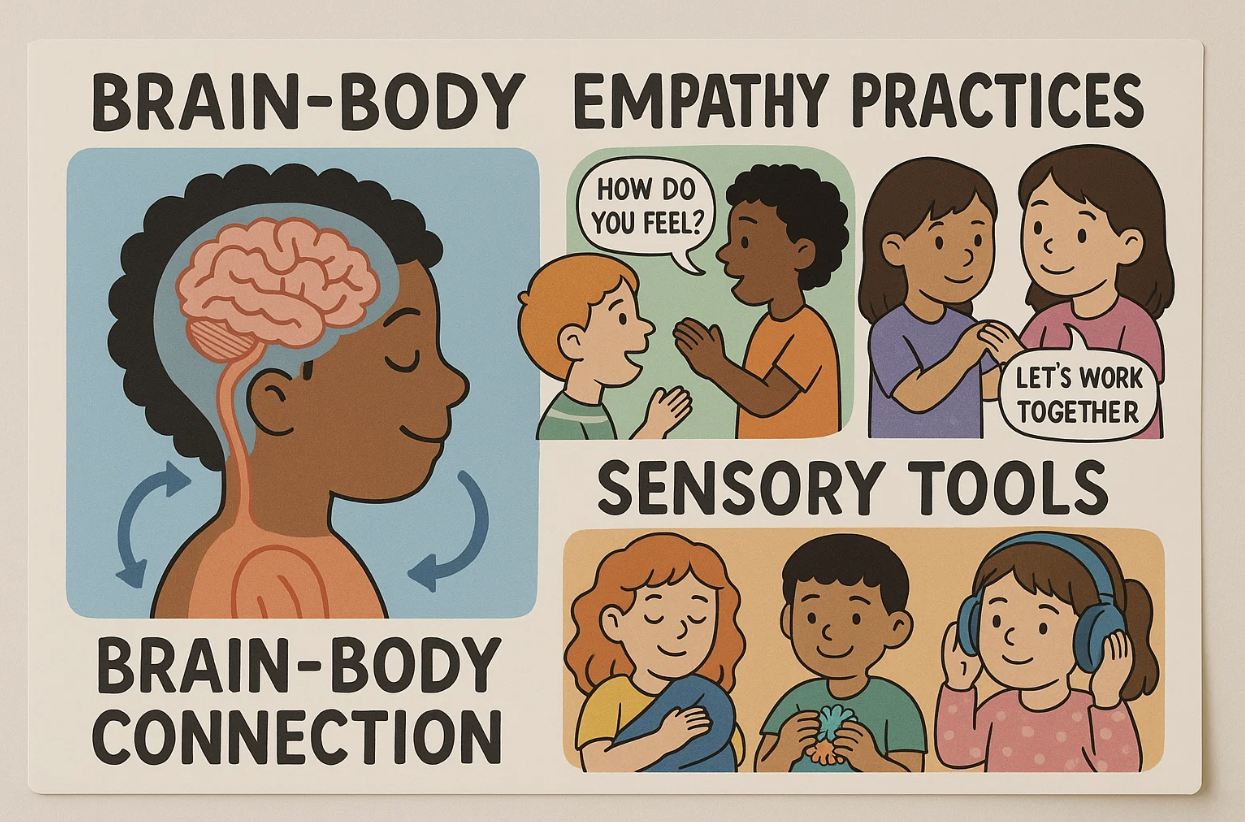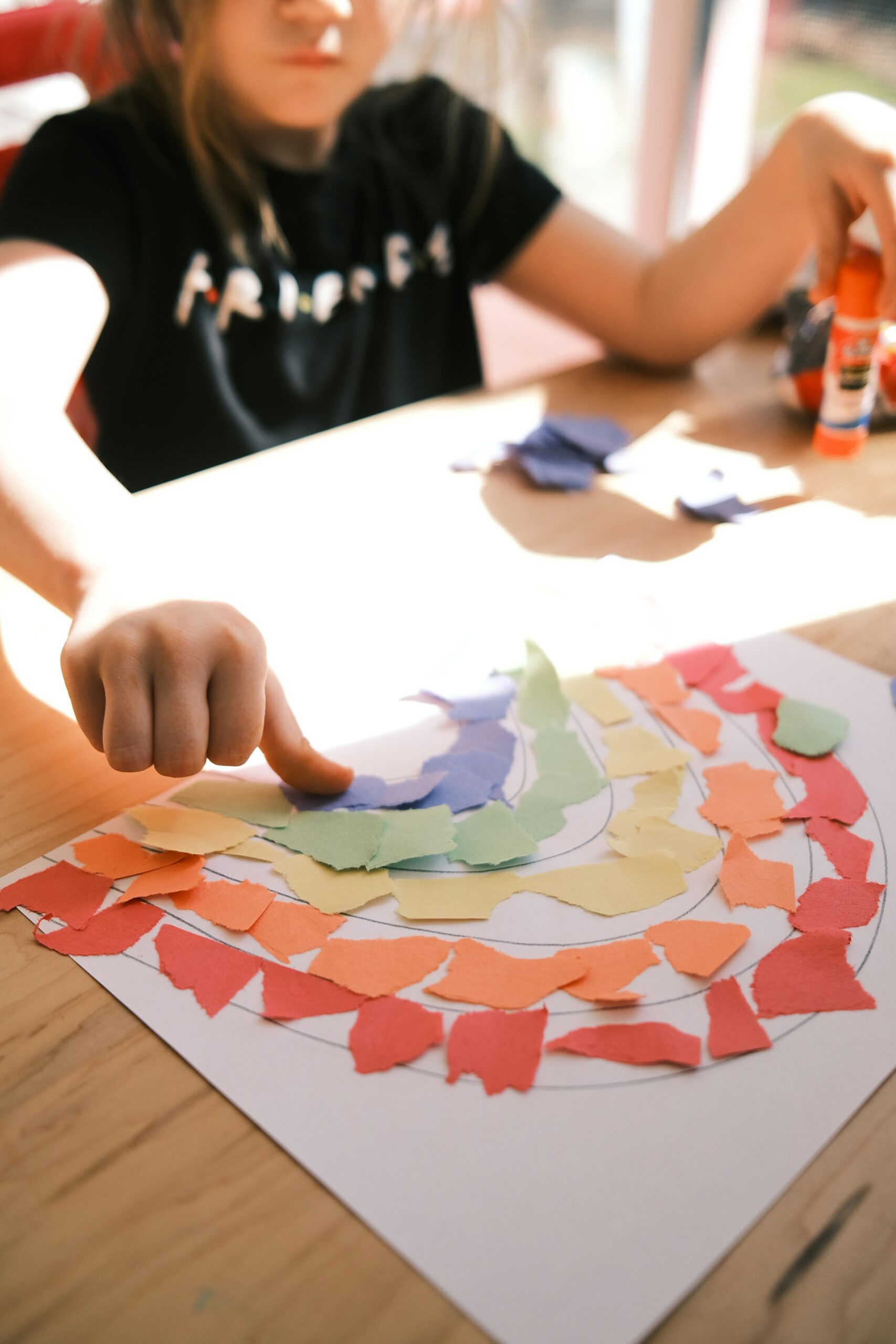In today’s fast-paced world, it’s easy for kids to get caught up in the constant rush of their surroundings. Whether it’s reacting to a difficult situation in the classroom, at home, or with peers, impulse control often takes a backseat to the immediate pressures of life. Yet, teaching children the ability to pause before they react is one of the most powerful and underrated life skills we can equip them with. By fostering a space for children to take a breath and think before acting, we enable them to process emotions, make thoughtful decisions, and engage more meaningfully with the world around them.
The Power of Pausing: Impulse Control in Kids
Impulse control—being able to stop, think, and consider consequences—is an essential skill for children to develop. It’s not just about holding back from yelling or reacting immediately; it’s about teaching children to recognize their emotions, take a moment to pause, and respond in a more thoughtful way. This practice helps kids build resilience and fosters self-regulation.
When children can pause, they have the chance to:
- Process their emotions: Emotional intelligence grows when kids can name their feelings and choose how to act on them.
- Make mindful decisions: A pause creates space for considering consequences, which leads to better decision-making.
- Foster healthier relationships: Reacting less impulsively can decrease conflicts with peers and adults, creating stronger and more compassionate connections.
The Pause vs. React Mentality
There is a big difference between pausing and reacting. Reacting is automatic—it’s based on the immediate emotional response without thinking. Pausing, on the other hand, is deliberate. It’s the practice of stopping for a moment before making a decision. This simple but powerful practice empowers kids to avoid making rash decisions that they might later regret.
For example, in a classroom setting, a child who pauses before responding to a challenging question or situation can take a moment to think about the answer, rather than blurting out the first thing that comes to mind. This simple action improves academic performance and boosts self-confidence as kids feel more in control of their responses.
Mindfulness Exercises: A Tool for Pausing
Mindfulness exercises are excellent tools for teaching children to pause and regulate their emotions. Simple techniques such as:
- Deep breathing: Taking slow, deep breaths can calm the nervous system and create a natural pause.
- Body scans: Encouraging kids to notice how their body feels in the moment can help them tune into their emotions.
- Grounding techniques: Teaching kids to notice their surroundings or touch something familiar can bring them back to the present moment.
These practices not only improve self-control but also contribute to a healthier emotional and mental state, which is especially crucial for children who may have experienced trauma or instability.
Classroom Practices for Promoting Self-Control
Incorporating mindful practices in the classroom is an effective way to support children in developing impulse control. Educators can:
- Set aside time for mindful activities: Whether it’s a few minutes of breathing exercises before a test or a calming activity after a challenging day, these moments teach kids the importance of taking a pause.
- Encourage reflective thinking: After a conflict or emotional outburst, help children reflect on their feelings. Ask questions like, “What were you feeling in that moment?” or “How do you think that made others feel?” This helps children learn to pause and think about their actions.
- Create a safe, supportive environment: Children who feel emotionally safe are more likely to pause and process their feelings rather than react impulsively. Incorporating trauma-informed care and creating a supportive classroom atmosphere is crucial for promoting self-control.
The Role of Families in Teaching Impulse Control
Families play a significant role in helping children practice and refine impulse control. At Trauma Free Tree, a unique micro-school dedicated to holistic education and therapeutic support, parents are empowered with tools to help their children grow emotionally, socially, and academically. Parents can reinforce the importance of pausing at home by:
- Modeling self-control in their own reactions.
- Practicing mindfulness together as a family.
- Using calm, positive language when teaching children about impulse control.
Conclusion: A Growing Tree of Resilience
Teaching children to pause before they react is a simple yet transformative skill that benefits every aspect of their lives—academically, emotionally, and socially. By giving children the tools to pause, we equip them with the ability to respond thoughtfully rather than react impulsively. This approach nurtures emotional intelligence, supports positive relationships, and fosters resilience, helping kids grow strong roots that will carry them throughout their lives.
When we help children pause, we give them the power to grow and flourish in a world full of distractions and quick reactions. With patience, practice, and the right support, every child can learn the life-changing skill of pausing before they react—transforming both their inner world and their interactions with the world around them.








